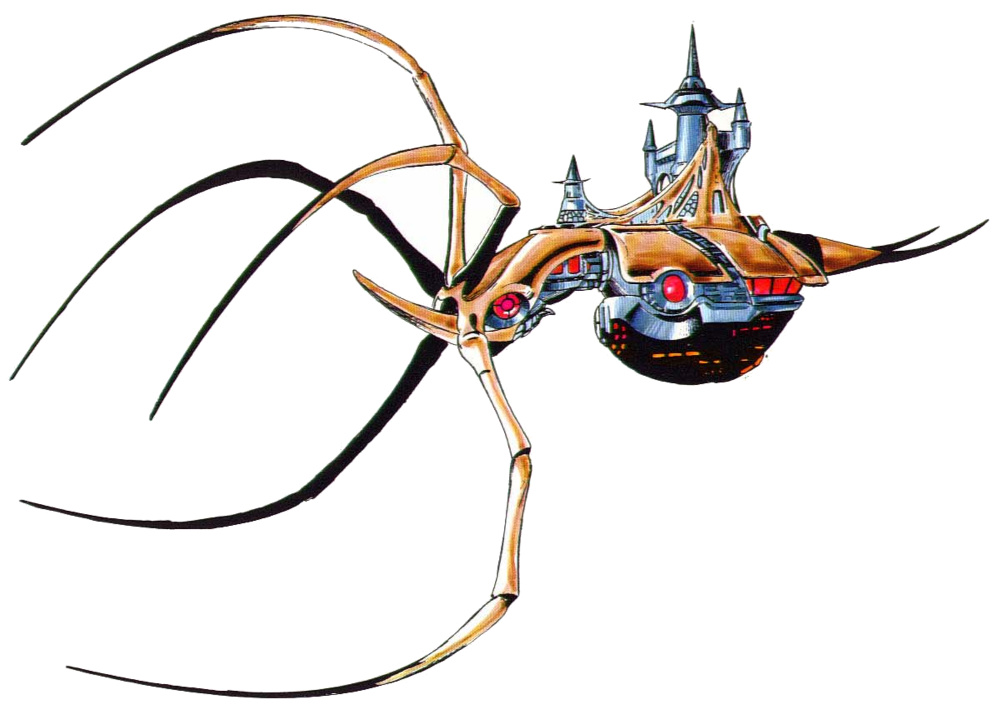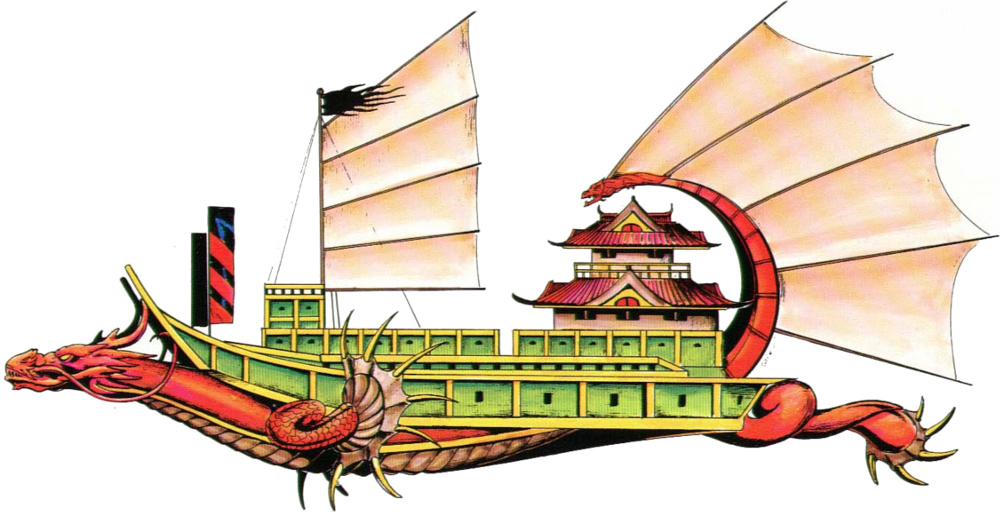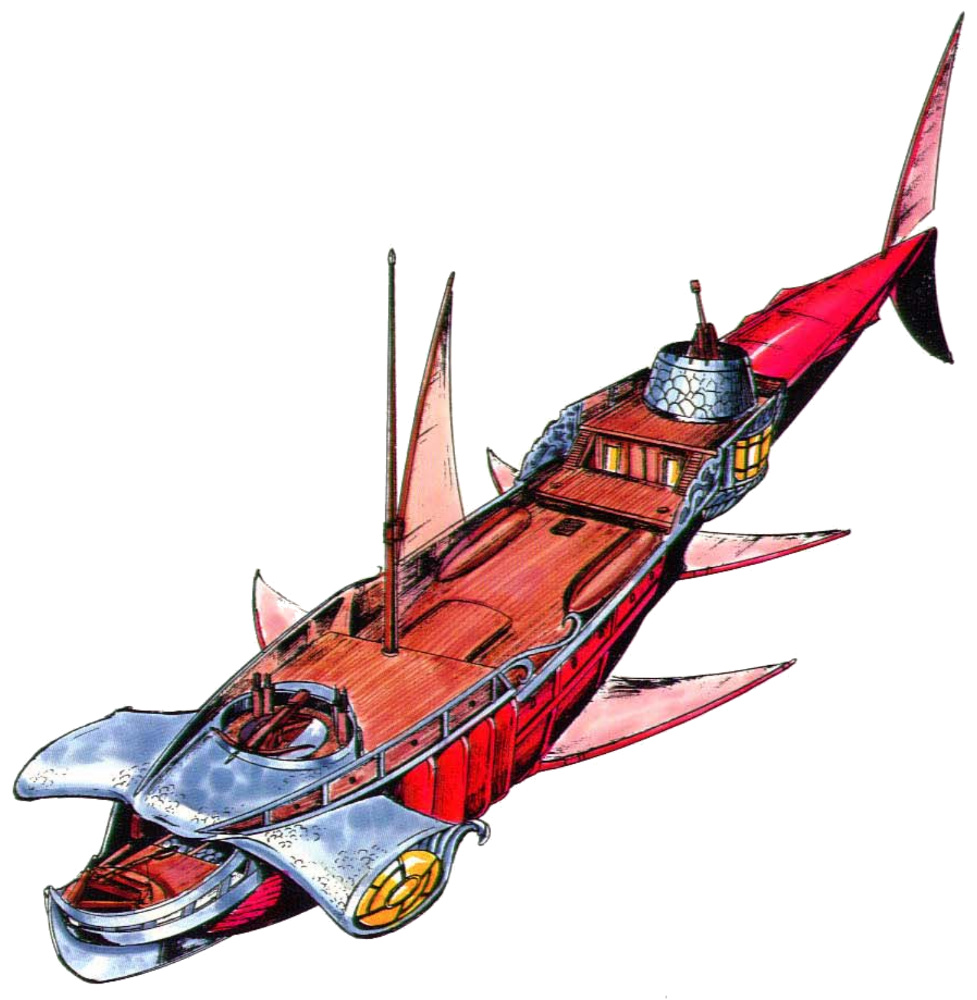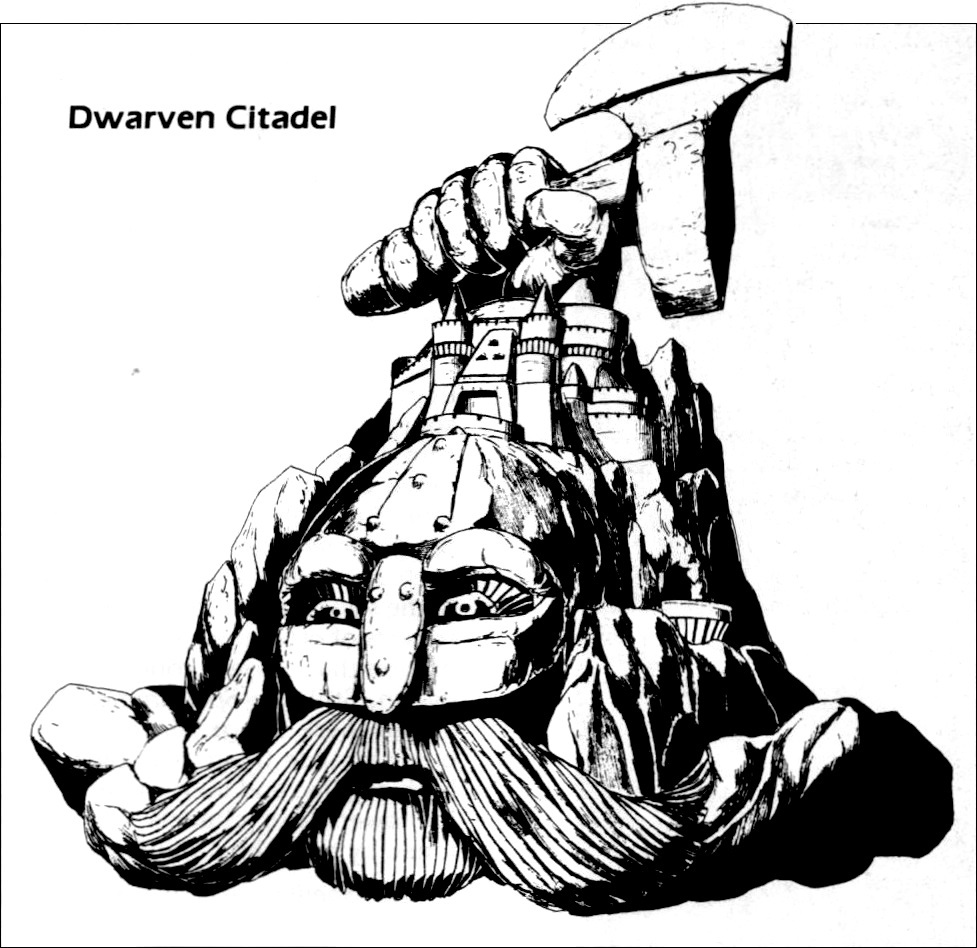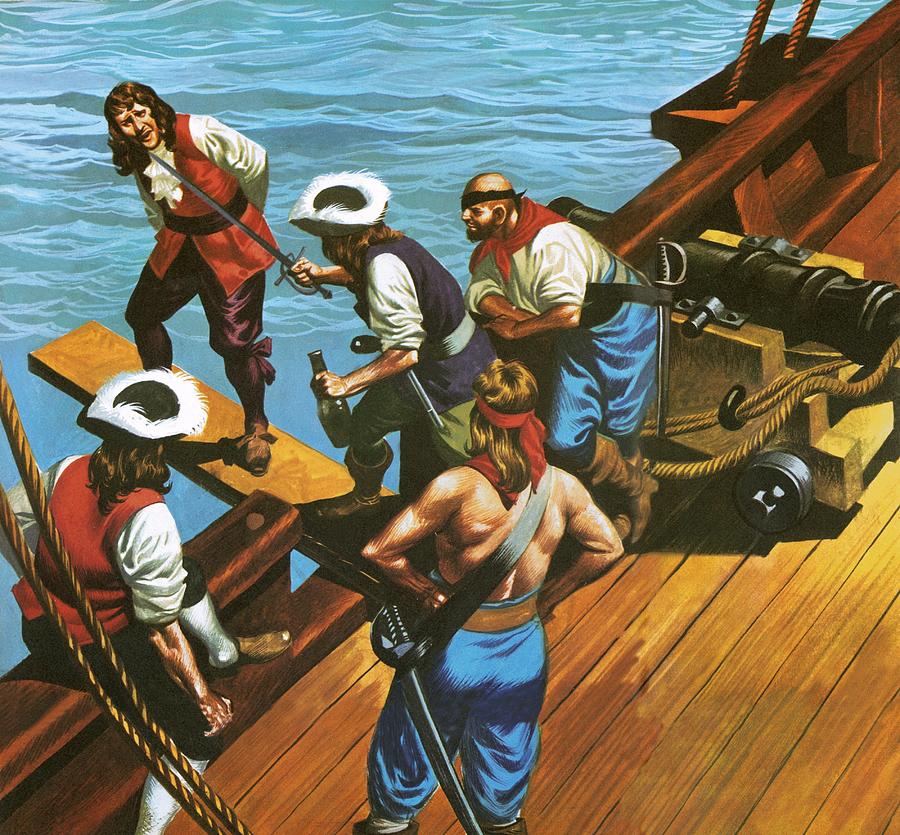Avast ye, pedantic scalawags!

Today we'll start looking at Chapter 3: Spacefarers.
Humans
Most numerous sapients in space. They tell us that 90% of humans are free agents, not bound to a lord, mirroring the Age of Sail's early modern period replacing the feudal Middle Ages. Therefore, since this is AD&D, we naturally continue to center the human experience, which I suppose makes sense from a playability perspective. Most RPGs have humans and human cultures being the yardstick by which all others are measured, which makes things easier on Mister Cavern and the players. Still, I think they missed an opportunity here – if they'd chosen to make a different race pre-emminent in space, they could have given the game a much different flavor. (Ok, who am I kidding? It just would have been humans-in-funny-suits anyway.) Since this is AD&D 2e, Humans as a race get no goodies like other races get but have unlimited advancement in any class, and this is as true in Spelljammer as in a regular campaign.
We're told that no human groundling nations have a strong presence in space, though a number dabble, and most groundlings find stories about space adventuring to have nothing to do with their lives. We get an anecdote about a merchant landing in Waterdeep and trying to sell smoke power in bulk; the merchant's ship promptly blew up in an 'accident' and no one's tried doing so again.
sigh Humans in space tend to build cities, yadda yadda yadda, and we end up learning that of the 10% of humans who aren't free agents, they tend to be dedicated to “ideas and ideals” and then we get a section on factions. Since of course, no other race has factions... WTF, Grubb?
Faith:
Faith changes in a few ways in space; people tend towards polygot or pantheistic faiths, or else a church that is widespread in space. Notable is the faith of Ptah, which is exactly what you think it is, and the Path & the Way, which is a belief system not especially described here, but is apparently divided into many different warring sects.
Military Brotherhoods:
The Company of the Chalice
Lawful & Good warriors, lead in each sphere by a paladin.
The Pragmatic Order of Thought
Nicknamed “the Pots,” a brotherhood for the neutral & chaotic good folks. Believe that all men are created equal... and mostly mean it. Idealistic and opposed to slavery. Good guys who lack organizational skills, and thus, lack the punch of the Company of the Chalice.
The Long Fangs
They're EEEEEEEEVIL! EEEEEEVIL! Dedicated to destruction & chaos, yadda yadda yadda.
The Tenth Pit
The Long Fang's not-brain-damaged older brother, smaller but better organized. Lawful evil.
The Trading Company
Staunchly neutral mercenary company, who'll hire anyone who wishes to join, and likes it's recruits just the way they are, since there's always more dogs where those come from. Charming folks.
Schools of Magic, Rogue's Galleries, Adventuring Companies, Trading Companies
Pretty much what you'd expect. Notable are the Sindiath Line, which is basically a merchant marine for the Elven Navy, and the Chainmen, who are slavers... IN... SPACE!
Other Organizations:
The Seekers are group dedicated to seeking out new knowledge and compiling it, and they have their biggest rivalry with
The Xenos who are fanatical human racists who seek to enslave or destroy all nonhumans. The Xenos are also happy to deal in anti-nonhuman propaganda, which pisses the Seekers off to no end, hence the rivalry.
And that's it for the humans.
 The Elven Armadas
The Elven Armadas

The elves are the BRITISH NAVY... IN... SPACE! Essentially, there's an elven culture in space that is organized around naval lines, and views itself as a link between disparate groups of elves on various worlds through space. How useful this is to groundling nations is debatable – it certainly didn't stop the elven nations of Krynn for taking it in the shorts, for example. The SPESS ELFS keep the orcs & goblins down, and hunt pirates, but also tend to stick their pointy ears in everyone's business, so most other spacers view them as a mixed blessing.
Dwarves

Unlike the fairly monolithic elves, the dwarves are all about each citadel or colony being it's own nation. Still, dwarves are generally on good terms with other dwarves, and have legends of some dwarven homeworld somewhere from whence spring all the various clans of dwarves.
Lizard Men
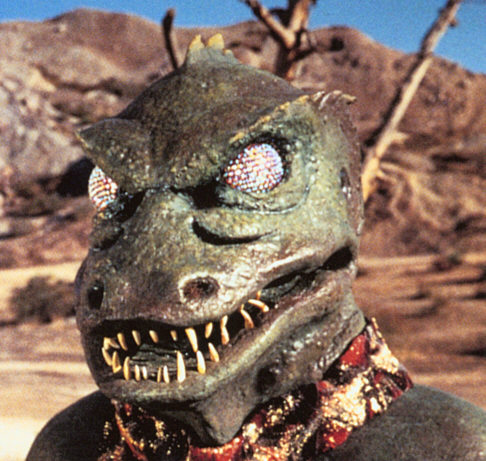
Lizardmen in space are decendants of enslaved lizardmen who won their freedom. Lizardmen have observed that lizardman eggs incubated close to large fire bodies produce somewhat more intelligent lizardmen, so they have begun a program of intentionally stocking ships with eggs and orbiting fire bodies as a means of improving their race. AMATEUR EUGENICISTS... IN... SPACE!
I'm going to cheat and look ahead here;
Lorebook talks about the cultural aspects of lizardmen, but
Concordance has the actual rules for them, because of course it does. What stands out to me, here in the cozy confines of 2018, is how you can get insight into what people almost 30 years ago thought the issues were in the design of the lizardman race. Since this was a “new” race – possibly the first one designed under AD&D 2e rules - they had a reasonably wide latitude (modulo previously published material about lizardmen and Gygaxian can't-let-players-have-nice-things attitudes) to develop it.
So let's look at what they built. Since they can't avoid it, because of already published materials, lizardmen PCs get a natural AC of 5 and claw/claw/tailsmack attacks of 1d2/1d2/1d6. With the natural AC, they need to wear armor better than chainmail to get an armor bonus that replaces their natural AC. They also
explicitly get no bonus to AC from high dexterity(!). They can still use their tail to attack if they are wielding weapons, but are treated as if they are using two weapons. They can advance to 12th level as fighters, 11th as thieves, 7th as clerics, and despite the fact that the
Lorebook says they rarely have wizards, your PC can't be one - “there may be lizardmen wizards on some worlds, but they are not dealt with in this product.” They also can't multiclass. 60 foot infravision, a base move of 6 with a swim speed of 12 round out the class. Their starting age is 10 + 2d6, and have a max age of 350 years, so crack out those haste spells!
It's clear that the designers considered the natural AC and natural weapons to be a big deal – they're very much the core of the crunchy bits the whole race. Unlike, say, elves and dwarves, which have a long list of small bonuses they've accrued over the years, lizardmen basically just get what they've had as NPCs, and that's it. At the time, having a PC have a natural armor class was regarded as a Big Fucking Deal, and built-in natural weapons were icing on the cake. One big problem is that the lack of dex bonus. I'd imagine the designers were sitting in a room and thought to themselves, “OH MY GOD! If the player has an 18 dex, they'd have an AC of 1 – equivalent to full plate armor!” (which is something else the game had weird hangups about.) Fighters and clerics were just going to wear heavy armor eventually anyways, once they had a few gold pieces to their names. Thieves (who tend to have high dex) wear lighter armor and remain in the AC game by getting that sweet dex bonus. But the poor lizardman is basically stuck at AC 5, which makes a lizardman thief much less attractive. There's also the oversight that the lizardman has no racial thieving adjustments, which I'd guess is just a “we're new to 2e and don't give a fuck about thieves, since you're just going to play these guys as fighters anyway” oversight. In terms of the natural weapons, the 1d2/1d2/1d6 by itself is something you're probably never going to give a shit about, unless you have a very high strength. If wielding a weapon, doing 1d6 as a second attack isn't absolutely terrible, particularly if you've got a decent strength, but it's dex that negates two weapon penalties, and your “no dex bonus” rule already discourages you from bothering with a high dex. There's also the fact that if you're going to be taking the two weapon penalty anyway, you can get a better weapon than 1d6 and just use that. Being a ranger would also get around the penalty, and in fact the fact the ranger can only avoid the two weapon penalty while wearing studded leather or lighter which synergizes nicely with your natural armor, but... you can't be a ranger, so eat it.
Complete Spacefarers fixed a few of these issues. Armor worse than their natural AC provides no bonus, but they remove the “no dex adjustment” rule, though now lizardman armor costs double because of differences in lizardman physique. (Interestingly, 1993's
Complete Book of Humanoids changed the rules for AC again – wearing armor that's inferior to your natural AC gives you a 1-point bonus to AC, and specifically mentions lizardmen in the example.) Lizardmen now have racial thieving adjustments, and can reach 4th level as mages, which given that they can't multi-class, falls in the “Why Even Bother?” basket.
So, to sum up, I think including lizardmen as a playable race was a fine idea, but the actual implementation was too conservative to make a really interesting race, mechanically. Still, props for the idea.
Gnomes

Gnomes, being creatures of the living earth, rarely go into space. Except, of course, for Krynnish tinker gnomes, which add the fun of self-detonating, unreliable gadgetry to already-dangerous space travel. Much like Kender, it's something of a mystery to me as to how they haven't driven themselves to extinction, given their wildly self-destructive tendencies.
Halflings
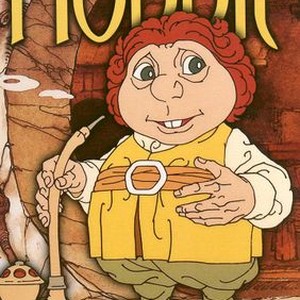
Like gnomes, not common in space, though some live in cities. They also sometimes get work in shipboard crews, since they only consume half the air of a human, although still requiring the same amount of food. Kender are also mentioned as being mistaken for halflings, which may be the kindest thing anyone has ever said about them.
Goblin Races
The Goblins, Orcs, Kobolds, Ogres, etc. all get flattened down into the “Goblin Races” which have been in space for a long time, but after getting beaten by the elves in the Unhuman Wars, are no longer an organized factor in space, though obviously individuals and even small bands still exist. Rumor abound that they're rebuilding their forces somewhere, but it's for Mister Cavern to determine how true and/or important that is.
Extraplanar Beings

There's an interesting oversight here: “Most natives of the other planes, including the various elementals, devils, daemons, archons, modrons, and slaadi, do not like being in wildspace.” Apparently the development crew hadn't gotten the “baatezu and tanar'ri” memo yet. But beyond that, the text explains that extraplanar beings tend to dislike being in wildspace, and dislike traveling in the phlogiston even more, since they can't access extradimensional space while there (since nothing can) but can be physically brought into the phlogiston.
Giants

Giants (predictably) use more air in space, but can serve as living catapults, with 10 points of regular damage equaling 1 hull point of ship damage. Storm Giants are said to be able to leave the atmosphere of a planet for 2-20 rounds, “usually enough time to meet with a ship.” How they perform this feat, or propel themselves, or why this would be at all particularly useful is left unsaid. “Often these giants serve as guardians or wardens of planets they want the spacefaring nations to avoid” which still doesn't shed a lot of light.
Mind Flayers
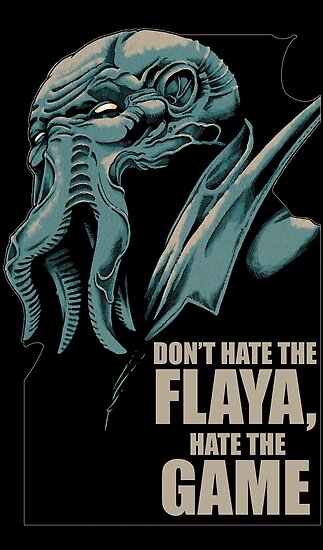
Everyone's favorite Cthulhu expy is a major force in Spelljammer. With the assistance of the Arcane, helms were developed that permit the mind flayers to use their psionic abilities to spelljam. They serve as a “affably evil” race, still brain-eating and slaving, but less awful than the neogi, for whom they occasionally act as intermediaries. Interestingly, this dynamic is at least partially reversed in the Astromundi Cluster boxed set – there, the neogi serve as the untrustworthy merchant race, and the mind flayers are the “scary, but less obviously awful than the biggest threat” race.
It's always struck me as interesting that Spelljammer decided to go with two “alien slaver races” in the setting. My guess would be that the mind flayers, being bizzare brain-eating slavers, were a natural fit, but even a couple of mind flayers can seriously fuck up a low or mid level adventuring party, so the neogi were created to be the “junior grade” bad guy race. Just a theory.
Dragons
Dragons can fly in space, but can't spelljam, so carrying a 2-20 round air envelope doesn't let them get very far. As a result, there aren't many of them, save for the Radiant Dragons, which are native to space.
Centaurs
There are some centaur adventurers in space, but that's about it. The book notes that the Dracons have taken an interest in centaurs, along with wemics, and that dracons regard centaurs much the way humans regard elves, though the dracons also source lots of wood for shipbuilding from them as well.
Undead

As may be surmised, undead have a lot going for them in space. They don't need food, water or air, and as such can make an excellent skeleton crew for long voyages.

I do have to quibble with the next bit describing undead-crewed ships, though: “If possible, the ship will use a spelljamming helm or similar construct, but just as often an undead ship will drift in space until it is contacted. Undead have a lot of time on their hands, so that the huge distances involved do not bother them.”
Consider a very short spelljamming trip: 100 million miles. This is roughly the distance between the Earth and the Sun, or Oerth and Liga. This takes one day at spelljamming speeds. A ship drifting at an SR of 1 (17 mph, ~400 miles a day) would take around 685 years to make the same journey. Even granting that undead are going to have a very different view of time, that seems like a long time for an intelligent undead to put it's plans on hold while it floats to wherever it's going. I see details like this and I have to wonder if any of the designers were familiar with calculators, which I remember as definitely being a thing in 1989.
Beyond that, the undead are pretty much what you'd expect, with a few notable points. Groups of skeletons can be folded up to become floating minefields, ghosts can't enter the phlogiston (though other undead are generally ok), mummies are a bit more common in space than you'd expect due to Ptah cultists, vampires can survive being in sight of fire bodies as long as they stay in the shade or cover up, and of course, Liches, being high-level spellcasters, can pilot spelljaming helms and are are always a bundle of laughs to fight.
 Golems
Golems

Work great in space, since they don't breathe.
Lycanthropes

True lycanthropes can change form whenever they feel like it, so they're fine. Infected lycanthropes tend to follow the calendar of whatever planet they were infected on. If they were instead infected in space, Mister Cavern has free reign to determine what triggers transformation: anger, blood, littering, the sight of a “full” planet, etc.
Other monsters
Basically, any sort of creature could show up in space, albeit with a few caveats: 1) Extraplanar beings won't be found in the phlogiston, 2) creatures with multiple existences in many planes (undead excepted) won't be found in the phlogiston, 3) Things that need air and nourishment will only be found in locations where those things can be had, and 4) Intelligent creatures will generally know about spelljamming; creatures with wizard or priest magic can generally drive spelljamming helms, and creatures with spell-like abilities may be able to use specialized helms, like the mind flayer's series helm.
Mention is made of an extinct race, called the Keepers or Zookeepers, which may be responsible for such similar forms of life being so widely distributed i.e. hydras on many different worlds. They serve as the extinct advanced alien McGuffins in the setting, and are suitably alien: halfling sized, no necks, three legs, barrel bodies (and presumably trilateral symmetry.)
Starbeasts
Finally, we have mention of Starbeasts: millions of miles tall creatures that, in some spheres, move of their own accord and may carry planets around. Could be an Atlas-like figure, could be 4 elephants on the back of a turtle, etc. A number of examples are given. No, you can't kill them. They're another McGuffin creature, basically, and are here because the idea of the world being carried shows up occasionally in mythology.
And with that, I'm going to call it here. The rest of chapter 3 is a series of MORMONSTEROUS CONCHPENTACLE style entries with various creatures. After that it's a short chapter 4 which talks a bit about the Known Spheres of Realmspace, Krynnspace and Greyspace, and then we're done with the
Lorebook. My apologies in the lag time in getting this entry out; the last week has been unusually busy. Until next time...














